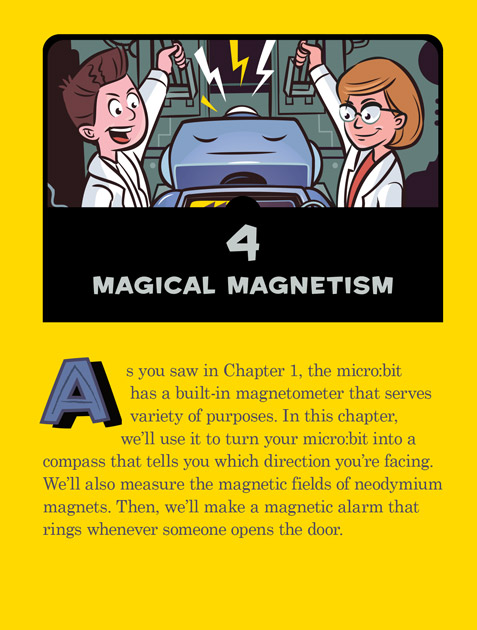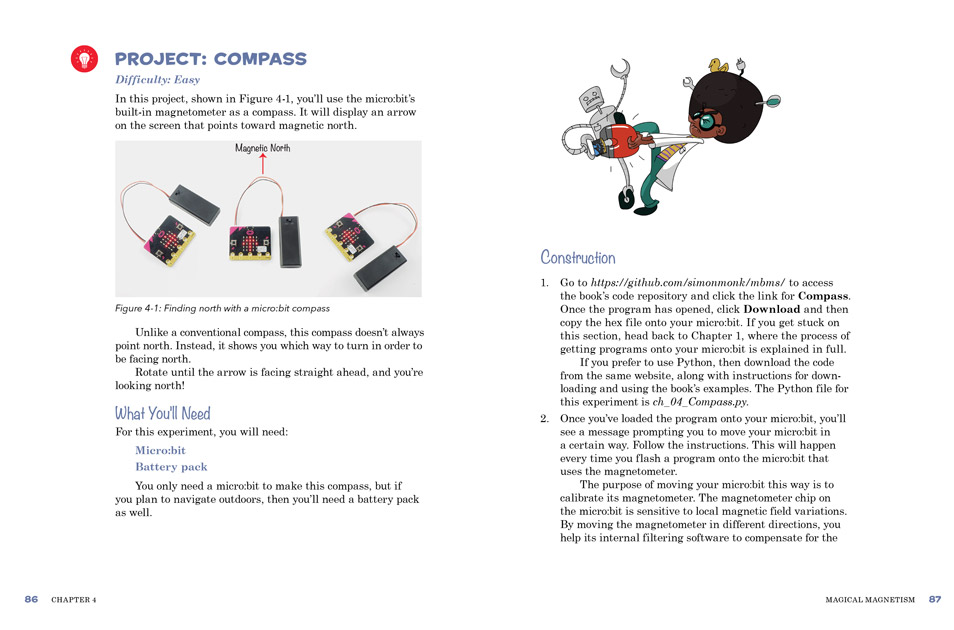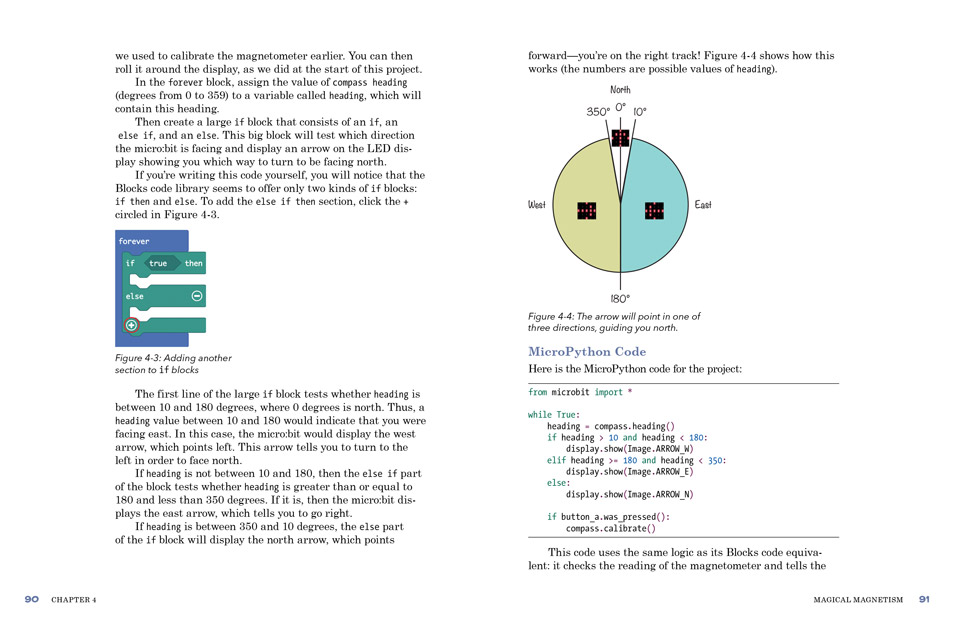Micro:bit Monday - micro:bit for Mad Scientists review
Books can take you to far off lands, full of adventure and action, they can feed your soul with information, and they can inspire all of us to be more than we possibly imagined.
We can learn so much from a book and that is where we start this post!
Dead tree analogue knowledge?

(C) No Starch Press
Yup! Books are old school but they are perfect for learning new skills. With Simon Monk's latest book from No Starch Press, Micro:bit For Mad Scientists we have 30 projects to work through and each is based upon the micro:bit board.
Simon Monk?
Simon is a prolific tech author and I have the pleasure to know him. Simon writes for No Starch Press, Make: and O'Reilly and covers electronics from simple circuits, to the latest boards. I personally own copies of his Electronics Cookbook, Raspberry Pi Cookbook and The Maker's Guide to the Zombie Apocalypse.
The book introduces the micro:bit, takes us for a quick tour regarding its features and abilities. On page 8 in the Getting Started section we are introduced to analog and digital signals, including Pulse Width Modulation (PWM, which simulate analog outputs by rapidly controlling a digital pin on/off). We are then introduced to the micro:bit makecode Blocks language, which is the most popular way for new users to micro:bit to get started. Then Simon introduces MicroPython (which you all know that I love) via the Mu app from Nicholas Tollervey, a fantastic tool to introduce Python!
What are the chapters?

(C) No Starch Press
- Introduction
- Chapter 1: Getting Started
- Chapter 2: Super Sonic
- Chapter 3: Luminous Light
- Chapter 4: Magical Magnetism
- Chapter 5: Amazing Acceleration
- Chapter 6: Mad Movement
- Chapter 7: Time Travel
- Chapter 8: Mad Scientist Mind Games
- Chapter 9: Environmental Madness
- Chapter 10: Radio Activity
- Appendix: Get the Parts
Are the projects any good?

(C) No Starch Press
In the book we learn how to
- Build a light controlled guitar
- Build an infinity mirror
- Measure magnetic fields
- Plot real time acceleration data
- Build an animatronic head using servos
- Create your own robot controlled via Bluetooth
Each project is explained and broken down into smaller parts with diagrams and code highlighted. The projects are easy to follow and great fun. The mix of block coding and Python is exceptionally relevant to the target audience, parents and children looking to create fun projects with basic computing knowledge but a lot of enthusiasm.
Should I buy this book?

(C) No Starch Press
If you are looking for a good book to get yourself or the kids interested in physical computing with the micro:bit then this is a great book.
It is ideally pitched to cover all new users and the projects are interesting and informative.
Where can I buy it?
You can purchase the book direct from No Starch Press for around $25 or you can purchase it from Amazon for £15
The ISBN for this book is ISBN-13: 9781593279745
What do you think Les?
A fun and easy to follow book that gently introduces electronics, science and coding via a series of fun projects. The reader learns every step of the way, and the knowledge is clear and explained in a concise manner. A great book that will keep the reader busy for quite some time!
If you like what you read...
Would you like to buy me a cup of coffee? It helps me to pay for hosting this blog, and to buy stuff to hack from Poundshops / Dollar Stores which are used in free projects on this blog. Thanks!
